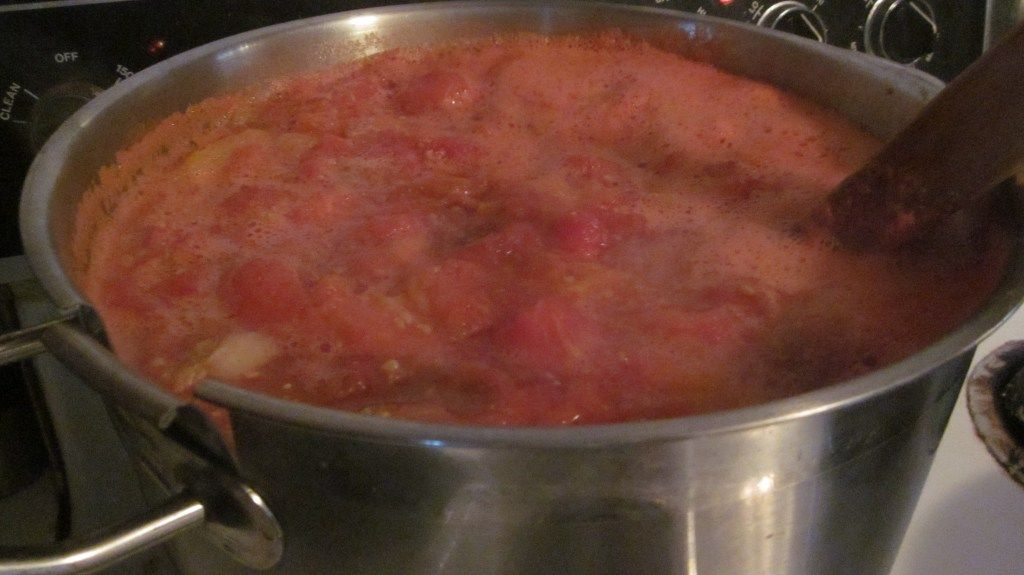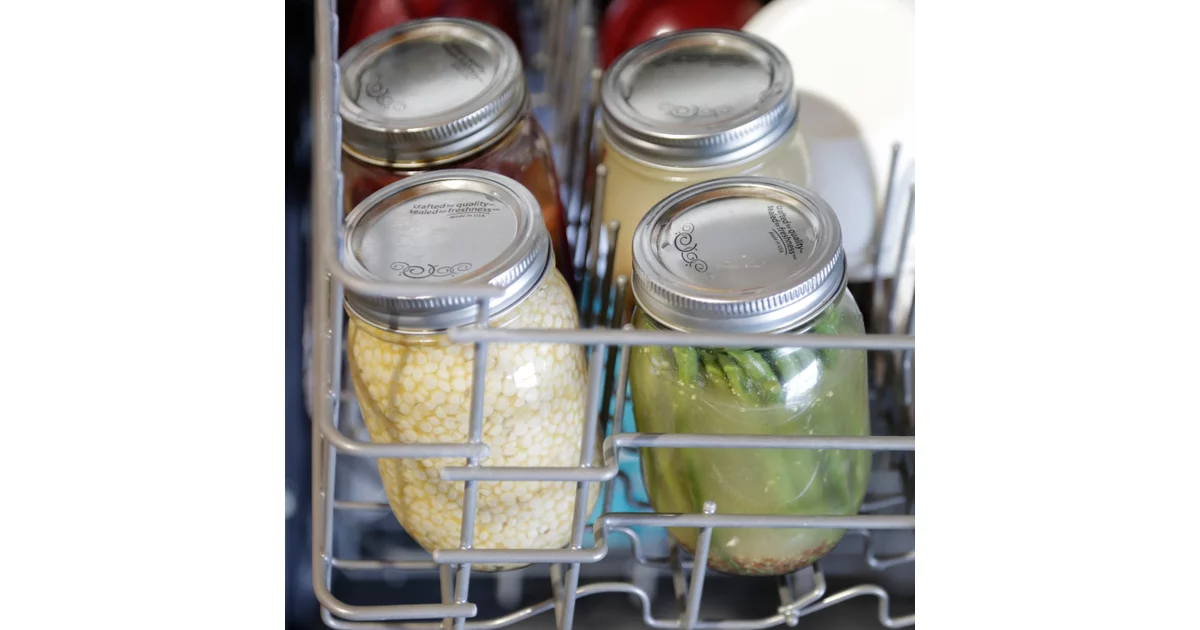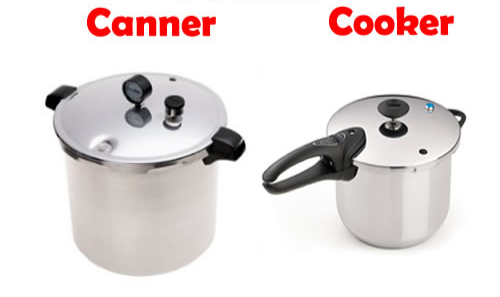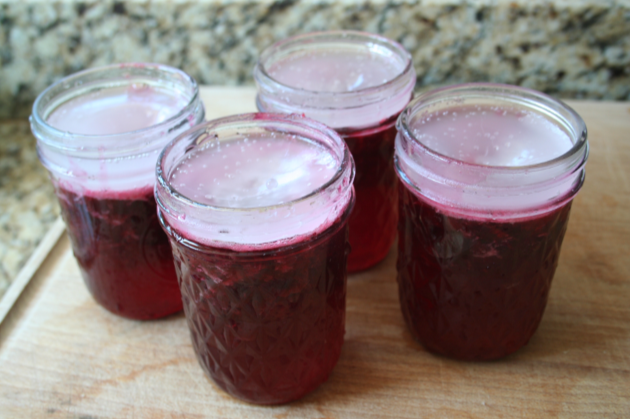 | Open Kettle Canning – Open kettle canning is a process in which food is heated up or cooked in an open pot, then put into a jar and the lid seals while the jar is cooling. Sometimes the jars are also flipped over in order to facilitate the seal of the lid. This is technically not even a type of canning because the process of canning the jars has not occurred. This is NOT recommended because the food is not adequately heated to destroy any potential contaminants such as microorganisms, molds and yeasts |
 | Oven, Microwave or Dishwasher Canning – There are many crazy recipes on the internet describing ways of food preservation using various kitchen appliances such as ovens, microwaves or even dishwashers. There are NO scientifically tested and approved recipes for any of these methods. An oven or microwave is going to provide dry heat, which is likely to cause damage, breakage and possible explosion to your glass jars |
 | Electric Pressure Cookers – Although many electric pressure cookers claim to be safe for food preservation and even provide recipes, the USDA does NOT recommend using them for canning. Pressure cookers have less metal, are smaller in diameter, and will use less water than pressure canners, resulting in a different amount of time for the canner to come up to processing pressure and the time it takes the canner to cool naturally down to 0 lbs pressure at the end. If the heat from these periods is reduced because these times are altered, then the heat from the process time at pressure alone may not be enough to destroy microorganisms for food safety. Under-processed, low-acid canned foods are unsafe and can result in foodborne illness, including botulism poisoning |
 | Paraffin Wax Seals – Using a paraffin wax seal may seem like an easy shortcut to fully processing jars of food, but it can result in a very unsafe product. Paraffin wax does not guarantee an air tight seal, and your canned goods provide a perfect environment for extensive bacterial and mold growth |
 | Overtightening Jar Lids – When placing the screw bands on your jars for processing, you only want them about “fingertip tight”, meaning that you can easily unscrew them with just a light fingertip touch. Do NOT overtighten the lids, they can buckle over the jar during processing and then cannot be removed. This can also cause breakage to the jars or prevent air from venting out of the jar during the processing time, resulting in extra air in the can and a product that may not keep as long. Remember, the screw band is only used to keep the lid in place. The lid is what seals and keeps the food preserved |
 | Forgetting to Adjust for Altitude – When canning in altitudes of 1,000 feet or more above sea level, the boiling temperature is lowered because air is thinner at higher altitudes, and as a result, food needs to be processed for a longer amount of time to ensure that it is safe from foodborne pathogens. If you are pressure canning, the pressure level needs to be increased. Follow the charts below for proper altitude adjustments, or follow the guidelines from a tested recipe |
Water Bath Canning Adjustments
|
Feet Above Sea Level |
Processing Time Increase |
|
0-1000 ft |
+0 minutes |
|
1000-3000 ft |
+5 minutes |
|
3000-6000 ft |
+10 minutes |
|
6000-8000 ft |
+15 minutes |
|
8000-10,000 ft |
+20 minutes |
Pressure Canning Adjustments
|
Feet Above Sea Level |
Pounds of Pressure – Weighted Gauge |
Pounds of Pressure – Dial Gauge |
|
0-1000 ft |
10 |
11 |
|
1000-2000 ft |
15 |
11 |
|
2000-4000 ft |
15 |
12 |
|
4000-6000 ft |
15 |
13 |
|
6000-8000 ft |
15 |
14 |
|
8000-10,000 ft |
15 |
15 |


